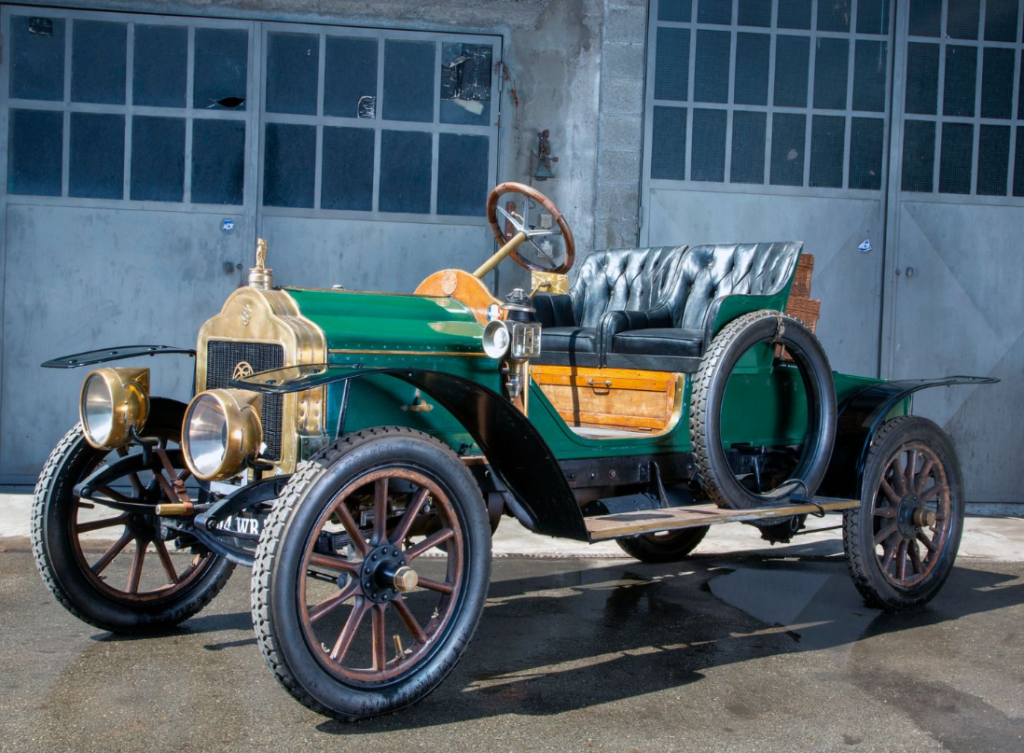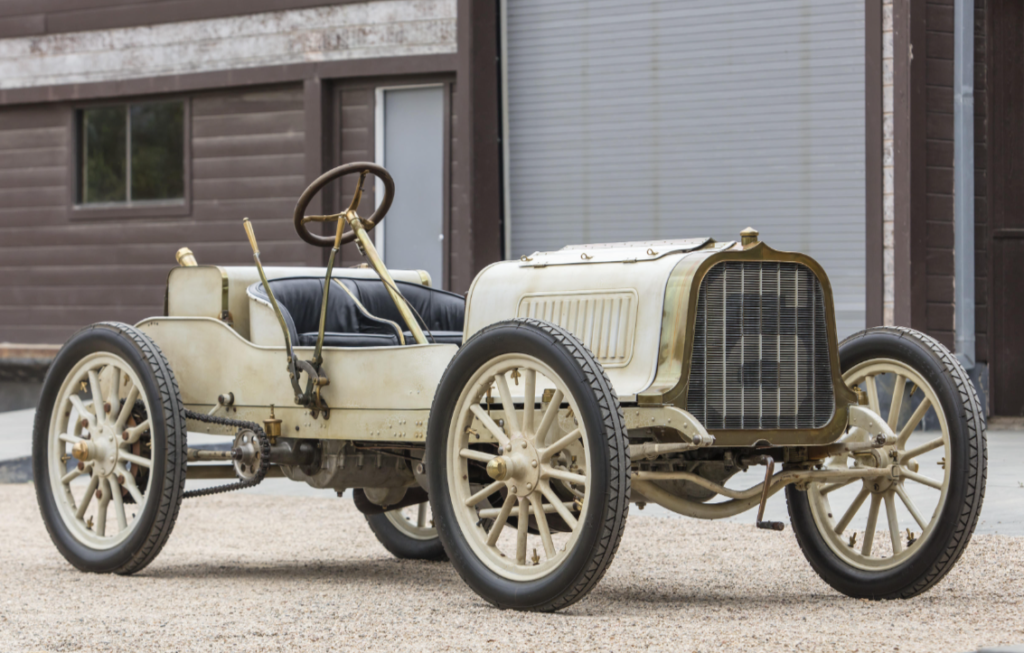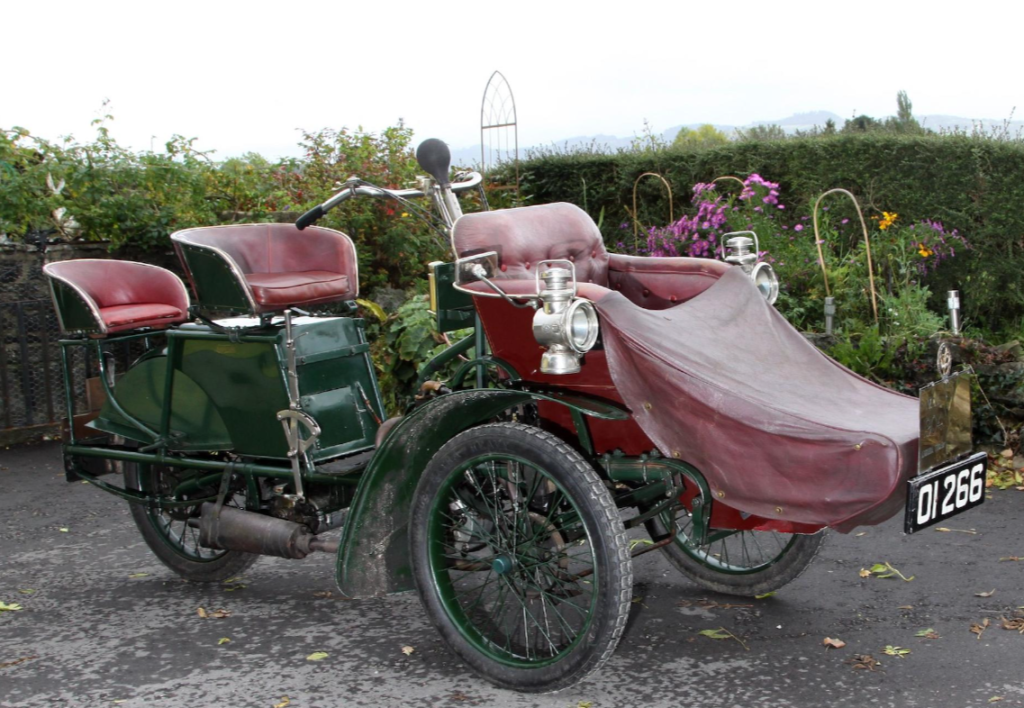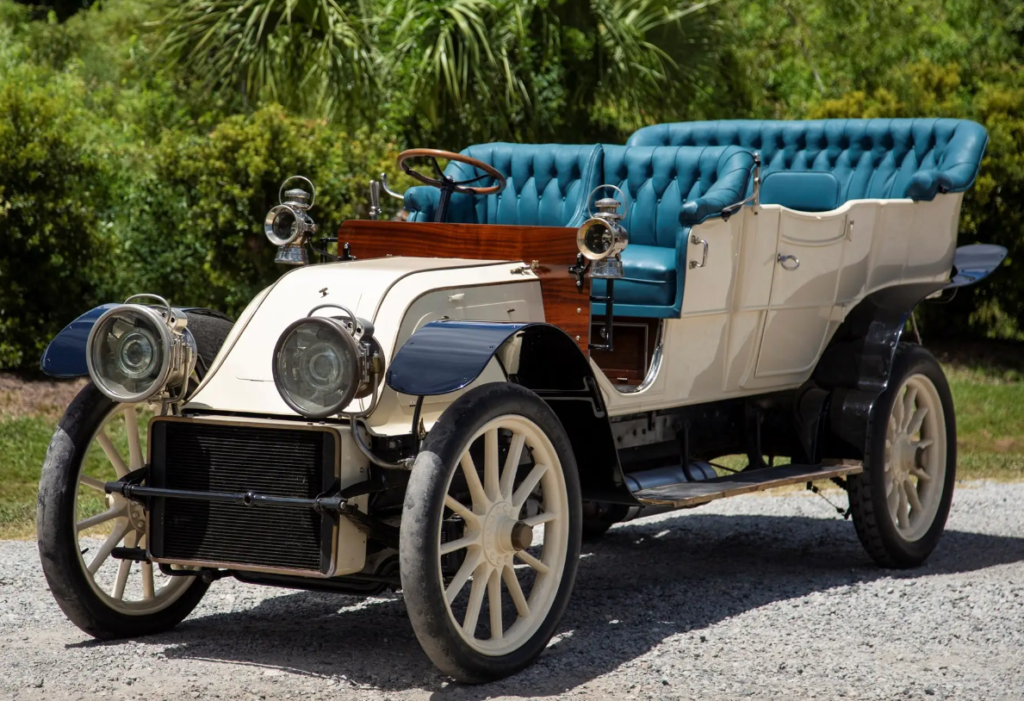1904 Bayard AC2K Rear-Entrance Tonneau
Offered by H&H Classics, Duxford, U.K. | June 2024

We have covered the story of Adolphe Clement-Bayard here before. Many times. Probably too often. But let’s just say he was involved with a lot of early car companies, including Clement, Gladiator, Clement-Bayard, and Clement-Panhard… and by extension, Diatto, Talbot, and more. He set up Clement-Bayard in 1903, and it would last until 1922.
In the early days, some of the cars left the factory under the Bayard-Clement name, and based on the badging on this car, some may left just under the name Bayard (Adolphe didn’t change his name to Clement-Bayard until later). It’s powered by a 1.6-liter twin that could propel the car to 30 mph.
The car is a London-to-Brighton veteran now has an estimate of $100,000-$125,000. Click here for more info.









